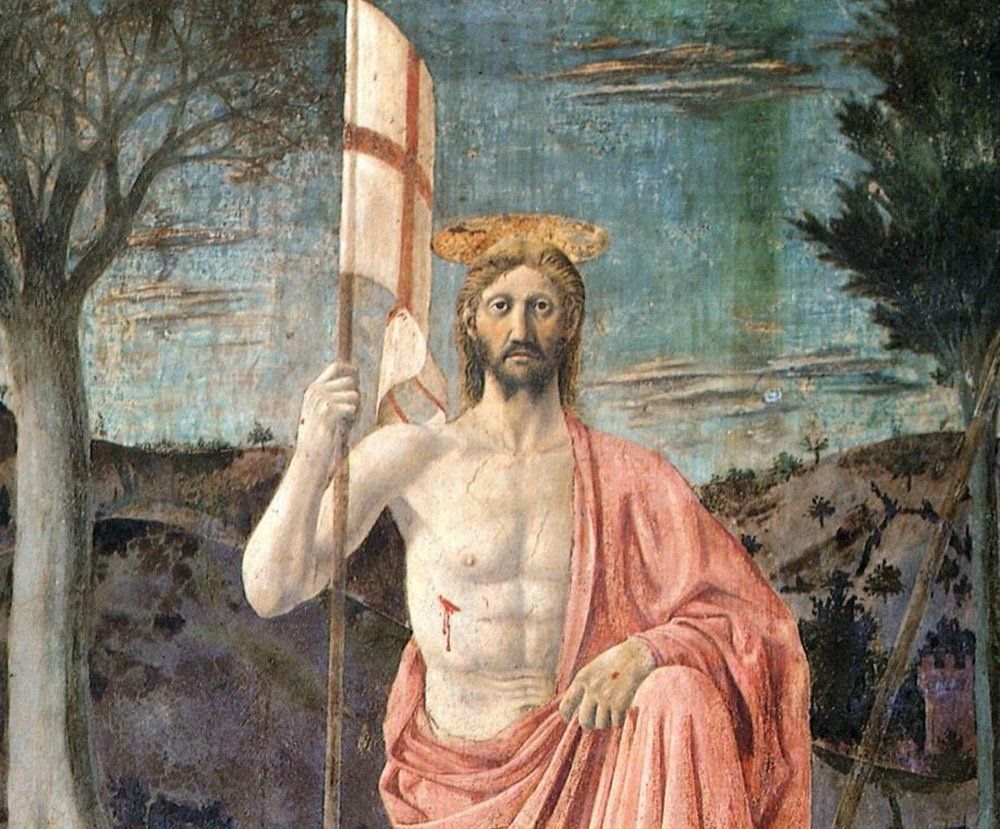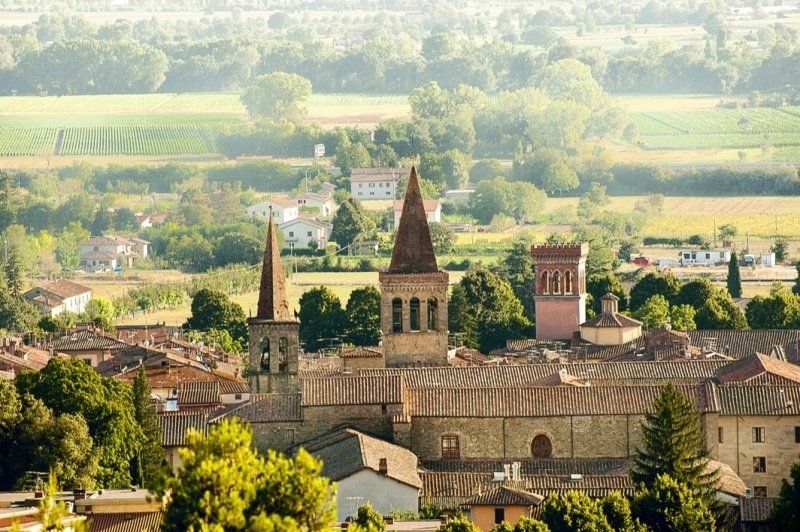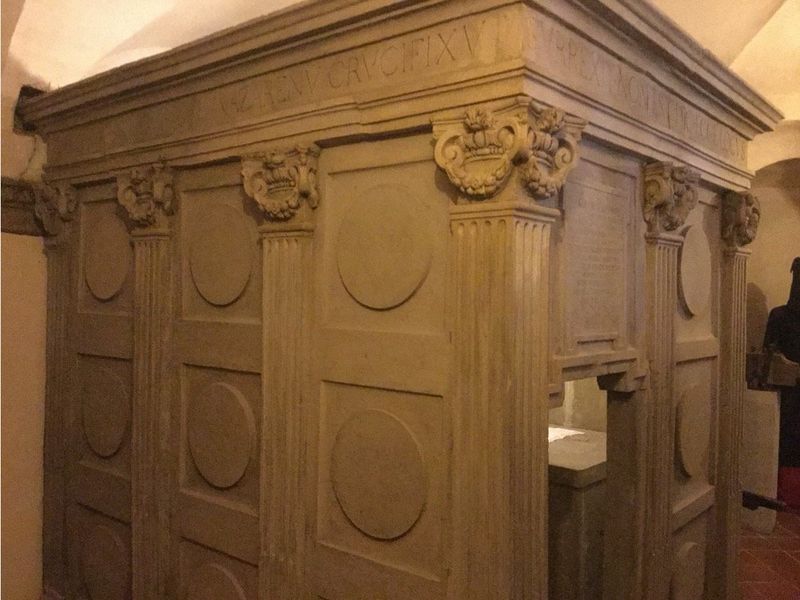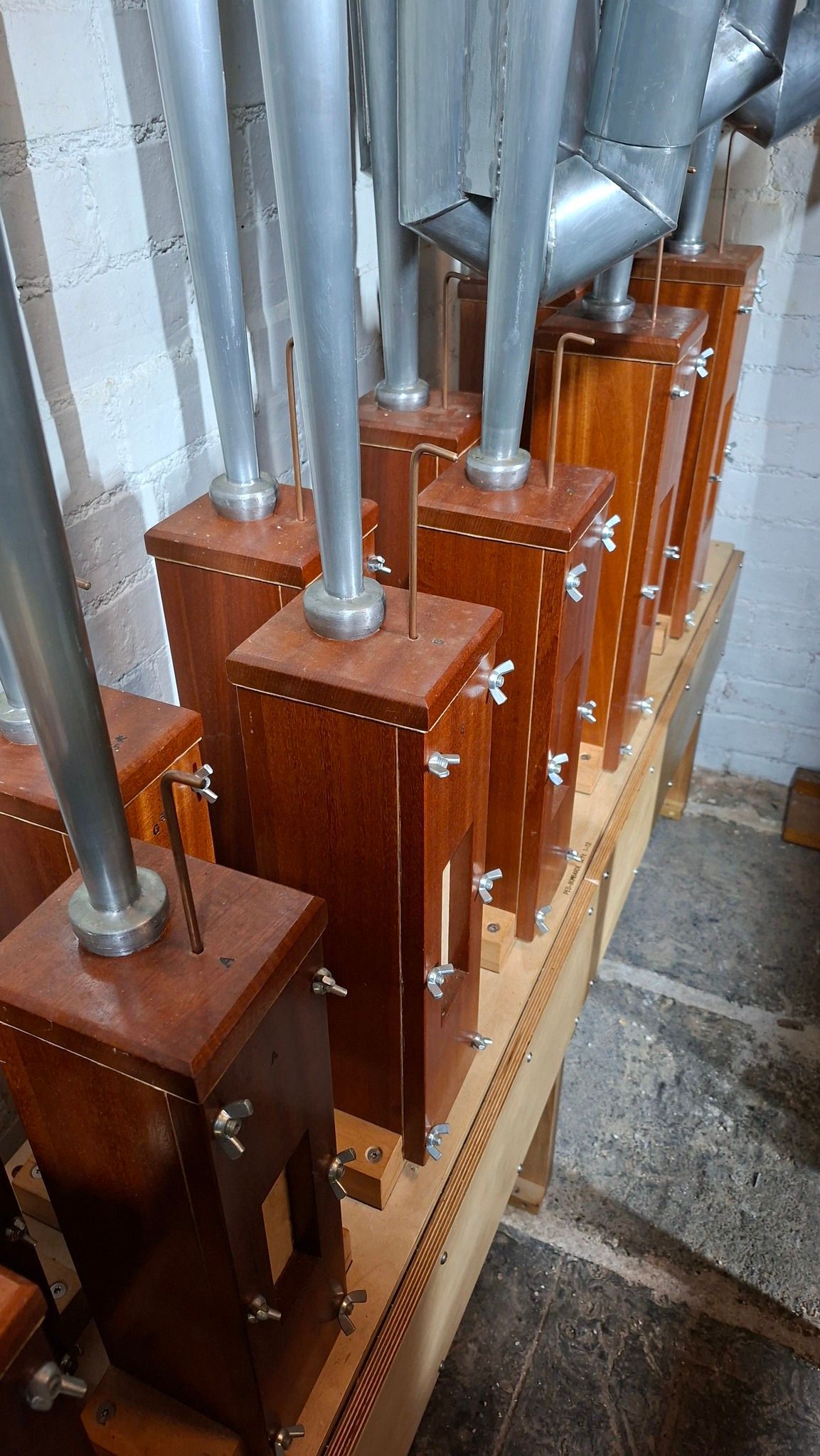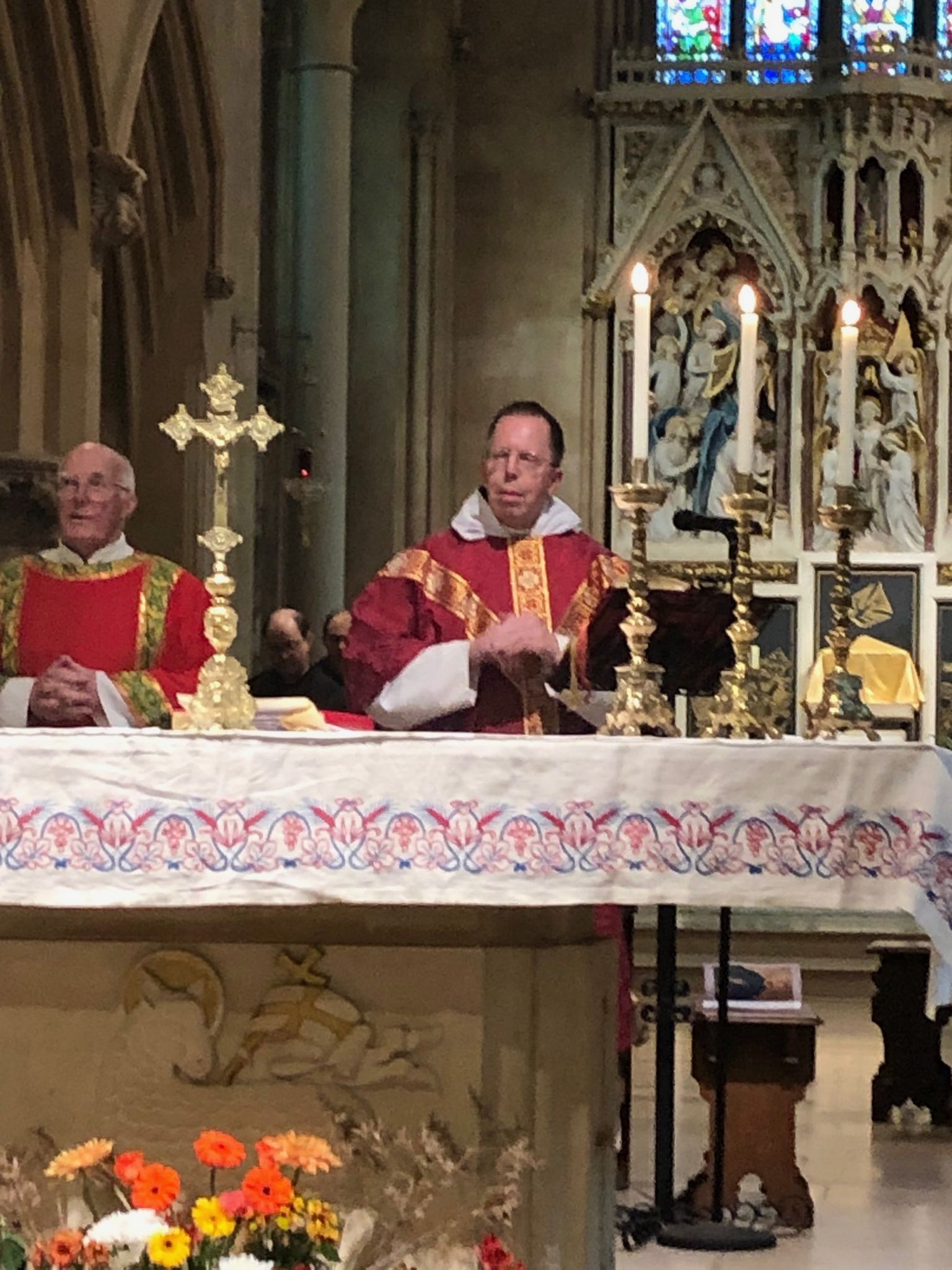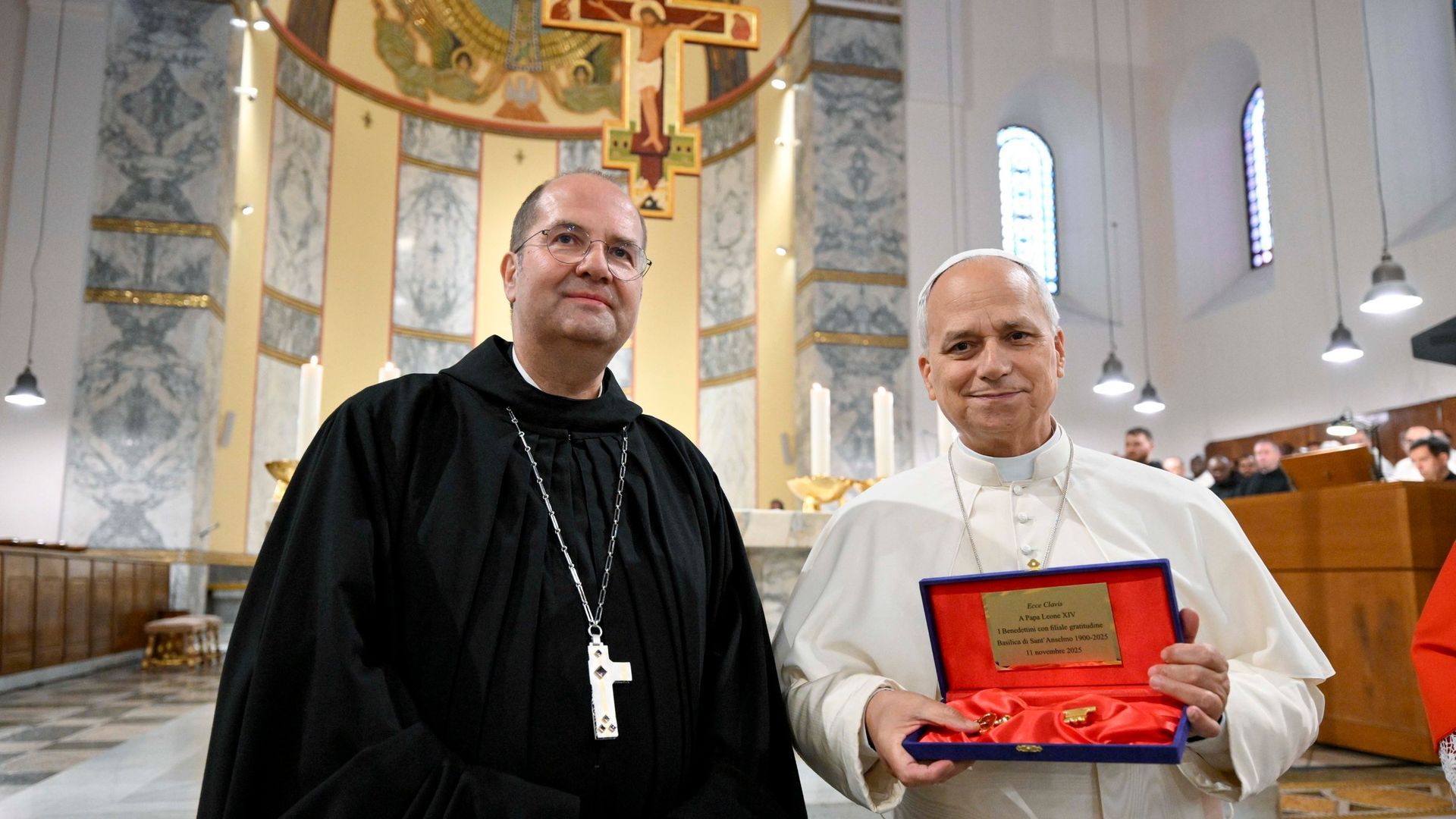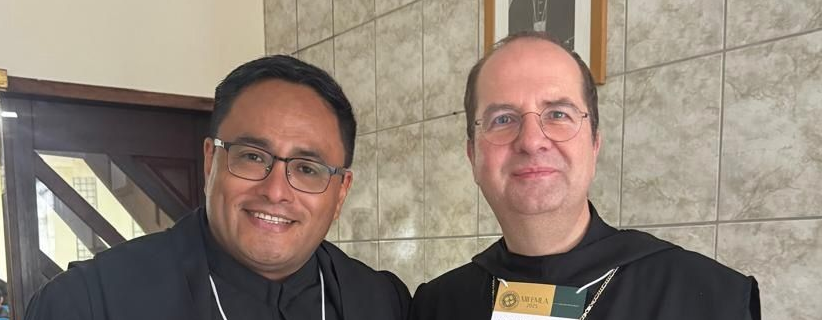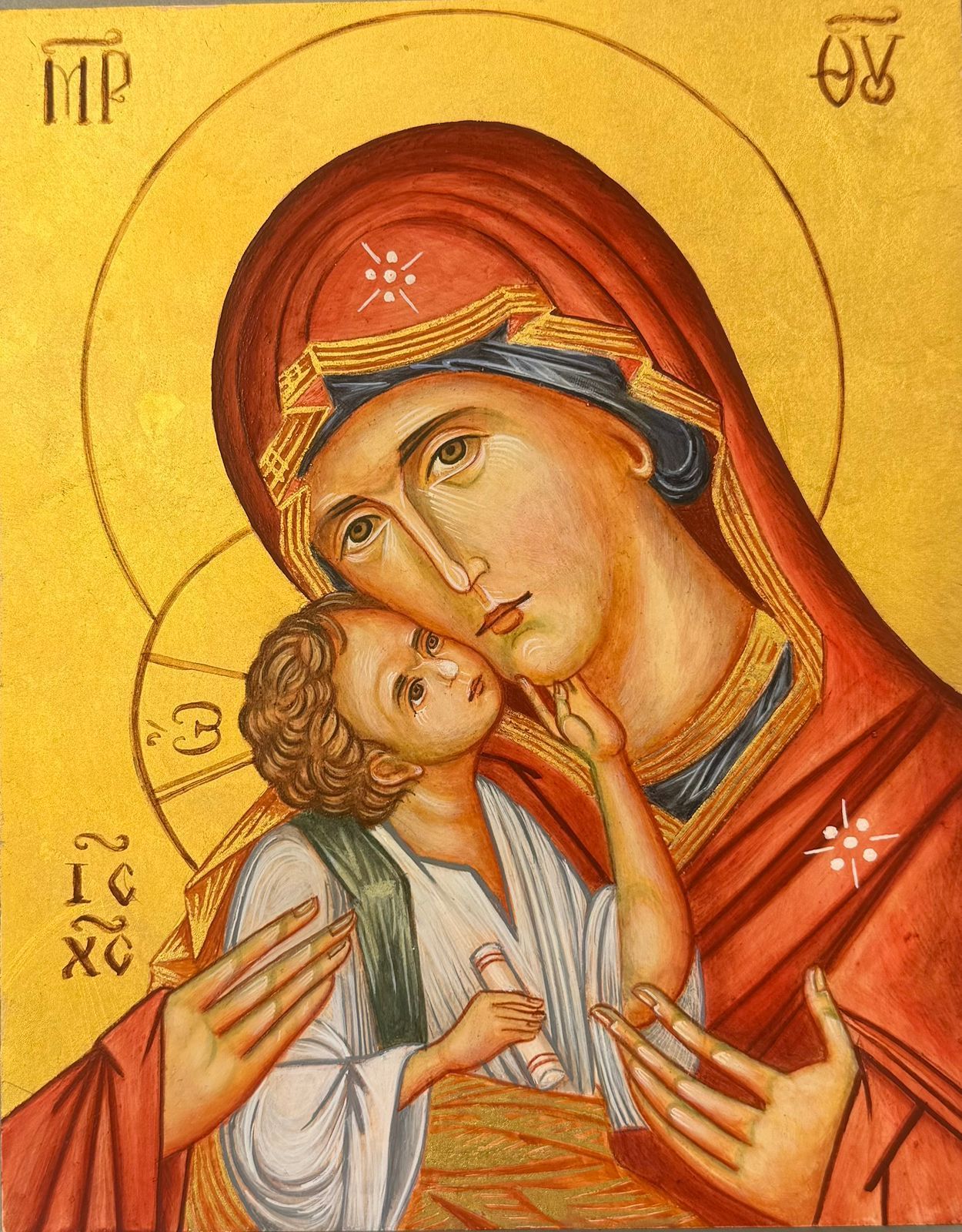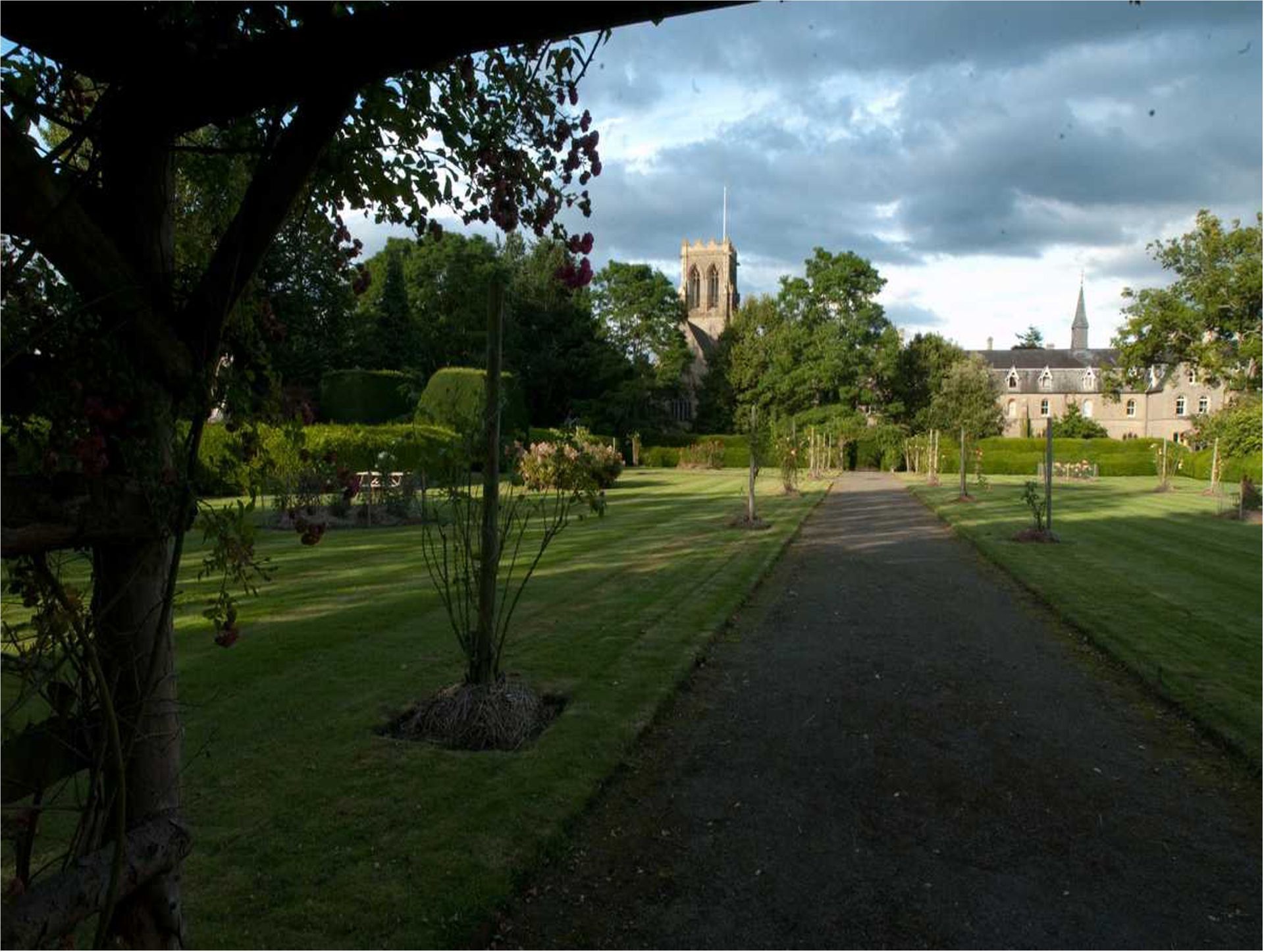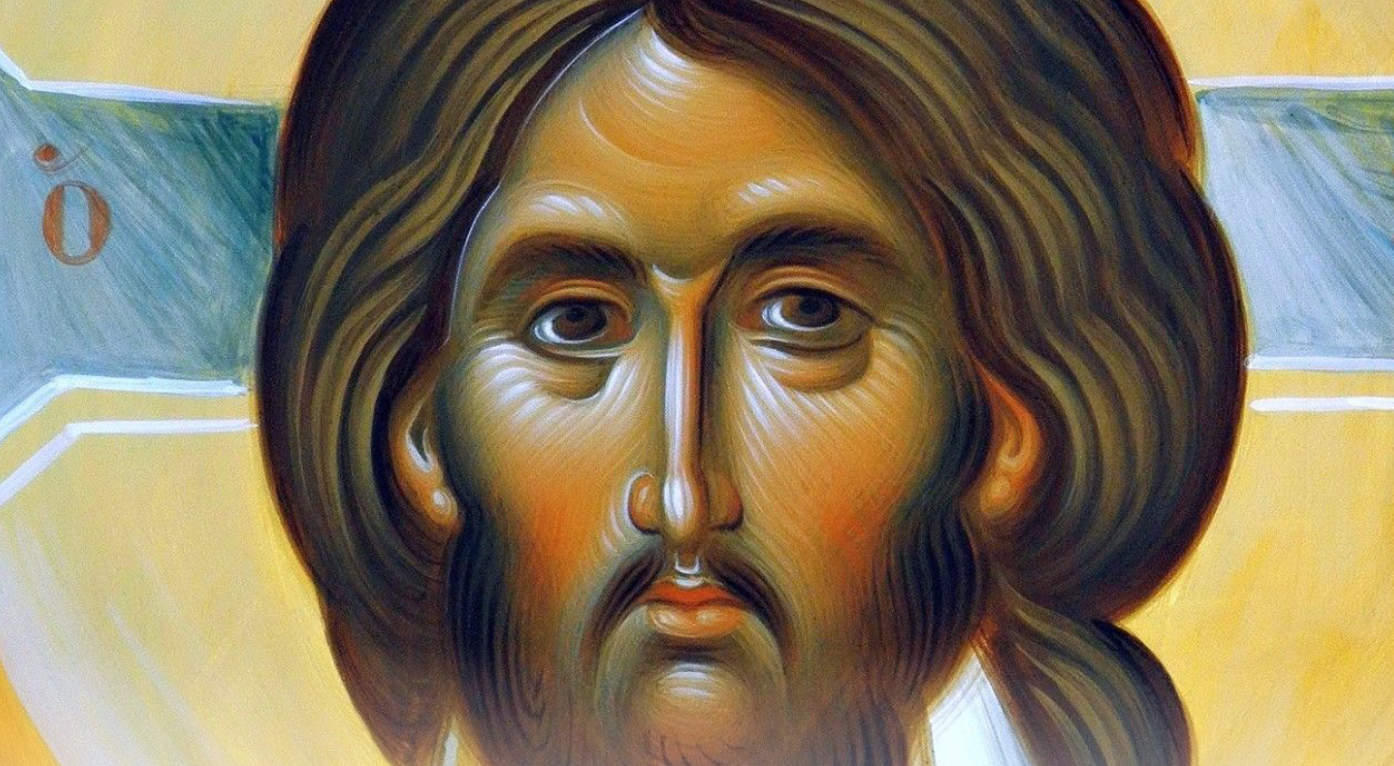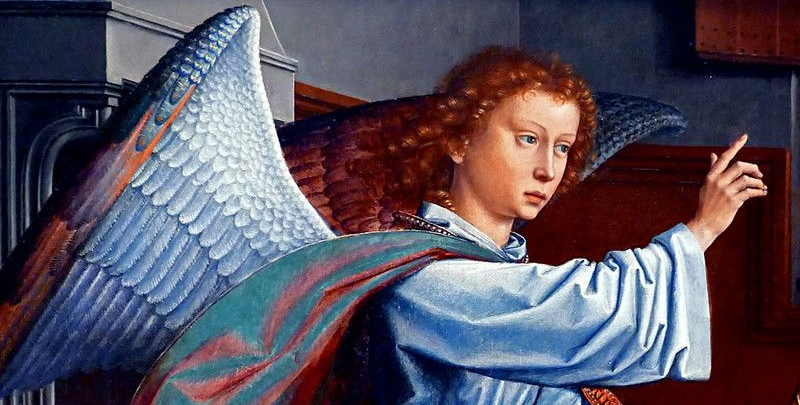The Greatest Picture in the World
Fr Brendan Thomas • April 19, 2020
How a painting came to save a town, and the town speaks forth of Resurrection

Writing in 1925 Aldous Huxley described a seven hour journey in an ‘omnibus’ to Sansepolcro, a small town in the less-visited eastern part of Tuscany:
“And when at last one has arrived at San Sepolcro, what is there to be seen? A little town surrounded by walls, set in a broad flat valley between hills; some fine Renaissance palaces with pretty balconies of wrought iron; a not very interesting church, and finally, the best picture in the world… We need no imagination to help us figure forth its beauty; it stands there before us in entire and actual splendour, the greatest picture in the world.”
The best picture in the world! That is quite a claim, but sometimes a painting can make an immediate impression. Piero della Francesca (1415-1492) was eminent in his lifetime as an artist, but surprisingly after his death was better remembered as a mathematician. Yet now he is considered the first true Renaissance painter who brought an original use of colour, light and perspective to his art.
How do you paint the Resurrection? The Gospels contain no description of the actual event, only what happened afterwards. Any artistic depiction is going to be inadequate to the spiritual reality of what happened. “I saw Christ’s glory as he rose!”
are the exuberant words put on the lips of Mary Magdalene in the Victimae Paschali Laudes
(only she didn’t – she met him afterwards in the garden!)
Piero portrays Christ as a colossus emerging from a Roman sarcophagus, victory won. The triumphant banner becomes his sceptre, the halo his crown. His dark piercing eyes convey his sovereignty. His wounds are still fresh and are on display for all to see. He has come through death into new life. We sing at Easter: “Death and life contended: combat strangely ended! Life’s own Champion, slain, yet lives to reign.”
The Roman guards, in contrast to Christ’s strong form, sleep below, collapsed in a heap, oblivious to what is happening. Giorgio Vasari wrote that the soldier in brown armour was a self-portrait of Piero.
For a thousand years Sansepolcro has been associated with the Resurrection. It was called Borgo Sansepolcro, the Town of the Holy Tomb, because it was said to have been founded in the 10th century when two pilgrims returned from Jerusalem carrying precious relics (some shavings) from Christ's tomb. Devotion to the Holy Sepulchre was still strong in Piero’s time.
The fresco was not in fact painted for a Church but for the Town Hall. Christ is not confined to the church but rises in the public sphere to animate all of our life and our dealings, his sovereignty to hold sway over all we do. His risen life is to touch all our reality. Are Christians known as a people made alive by the Resurrection of Jesus? Do we show that we are an Easter People animated by the living Christ?
Nor is Christ portrayed rising from the dead in some faraway land but in the familiar landscape of Tuscany. On the left of the painting the trees are barren, it is winter, on the right the trees are green, full of the growth of new life. His risen life is to touch all our reality.
"O soil, do not be afraid; be glad, rejoice,
for the Lord has done great things.
Beasts of the field, do not be afraid;
the pastures on the heath are green again,
The trees bear fruit once more,
vine and fig trees bear fruit in abundance."
Joel 2:21-22
In the late summer of 1944, towards the end of the Second World War, the Allies' advanced northward in Italy and British troops came to a hillside overlooking Sansepolcro.
The troop commander Anthony Clarke had orders to shell the town to clear it of Germans before the Allies moved in. But a question kept nagging the officer. “Why do I know the name of Sansepolcro?” Something at the back of his head had told him he should defy orders and stop the shelling. It was the memory, at the back of his head, of reading about “the best picture in the world” that had made him do so.
If he had not done so, Piero’s Resurrection might have been a pile of dust.


